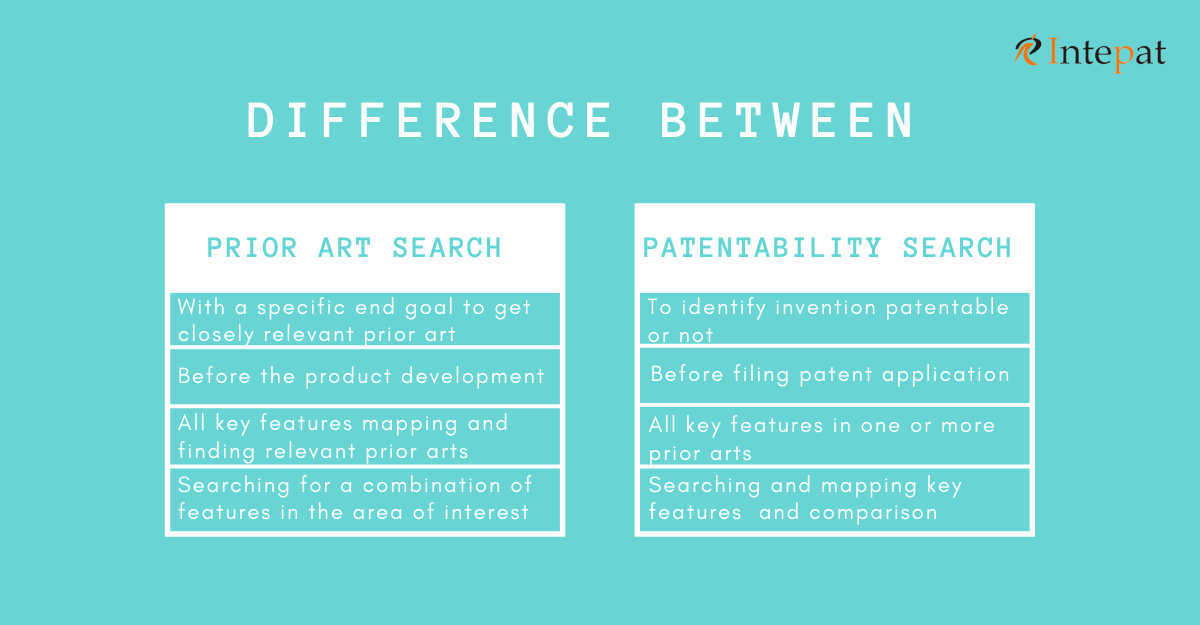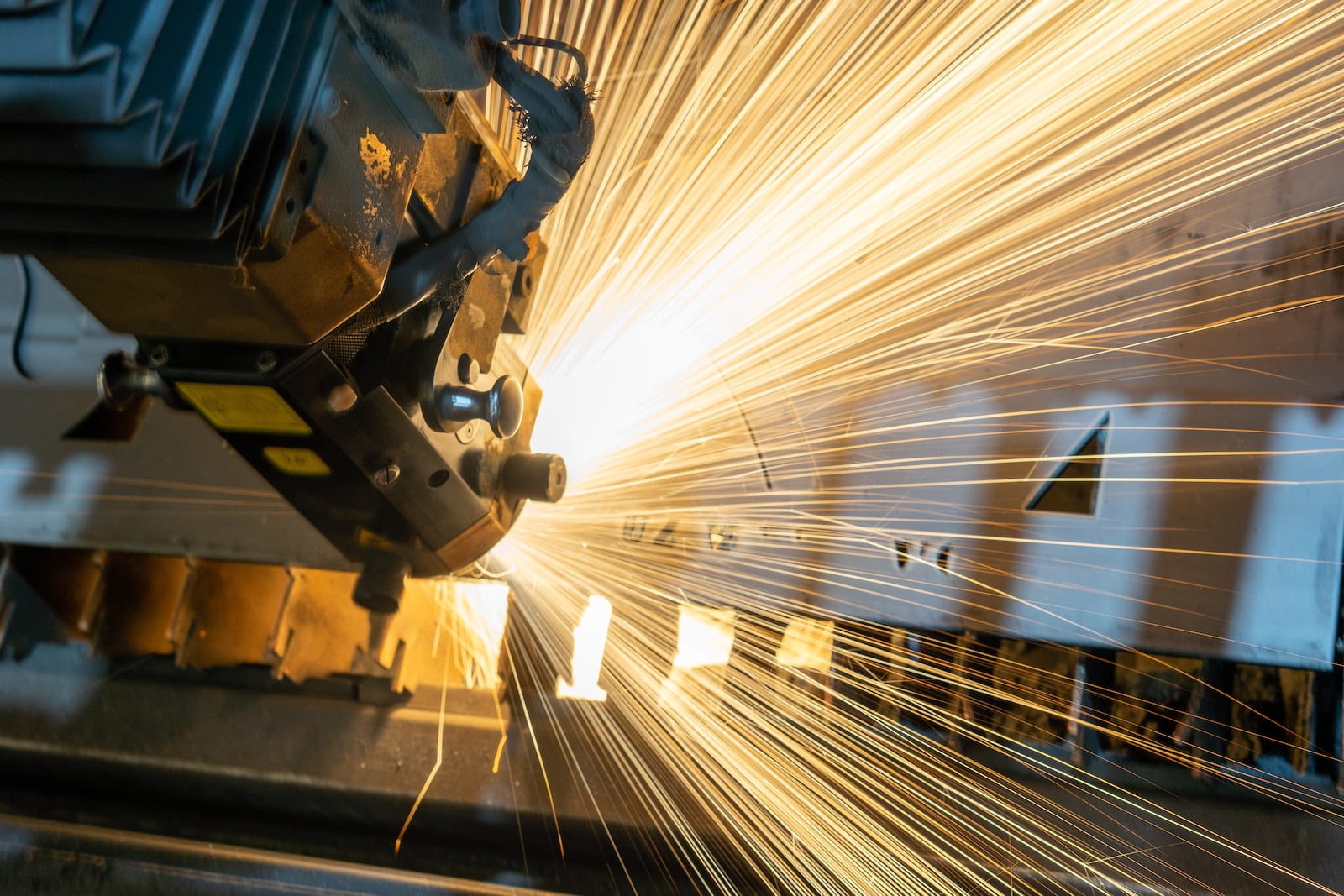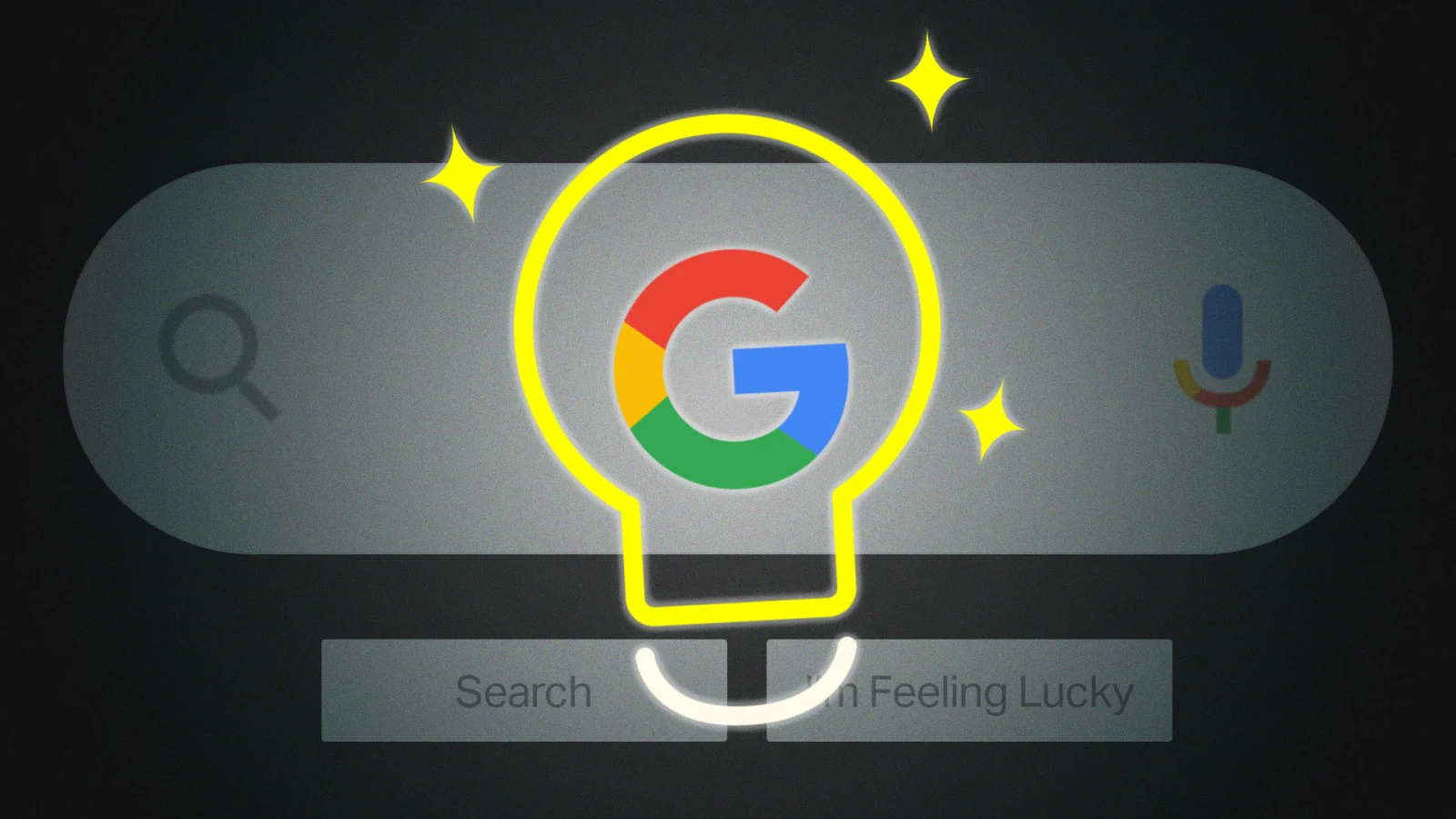Inventions are arguably one of the most valuable intangible assets for any business. The best way to protect these inventions is by patenting them.
A patent renders the owner the exclusive right to use the invention. Thus, a patent is not only a source of revenue for a business but also adds to the credibility of the business. The more patents a company owns, the more credible and legit the company seems, especially to potential investors. Getting a patent could be a long-wound, time-consuming process.
As such, it is always better to conduct a prior art search and patentability search for your invention or field of invention. Though often used interchangeably, patentability and prior art search are NOT the same. Let’s take a look at the two to understand the differences.
Prior Art Search
As the name describes, a prior art search is conducted to see if there are any relevant prior art exists. It is essential to understand that the prior art search is performed before you develop your invention. It is conducted to understand all the existing prior art in your field of interest.
Purpose:
For instance, let’s say you want to invent a new kind of thermos; before putting in all the money and effort required for the research and development of the thermos, a smart thing to do would be to conduct a prior art search to see if the kind of thermos you want to invent already exists. Another thing is that a prior art search can also give you a strategy for your invention. If you zero in on a specific field of interest and conduct a patent prior art search, it will give you an idea of what is lacking in that field and thus push you toward a new invention.
Method:
Researchers usually rely on scientific publications and the Internet to understand the technological advancement in their field. This research is insufficient. A foolproof way of conducting a prior art search is by looking at patents and other prior art publications. Patents are easily accessible and thoroughly described with the illustration, enabling an ordinary person skilled in the area to reproduce the invention. Moreover, patents are up-to-date.




